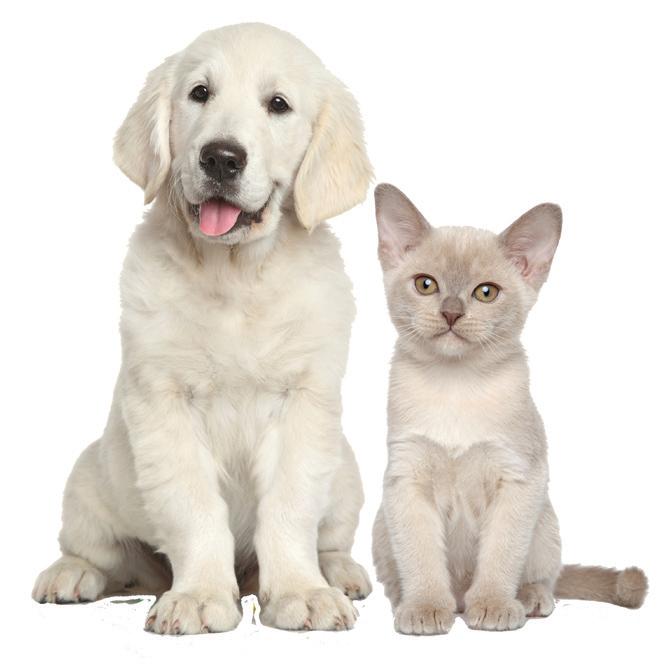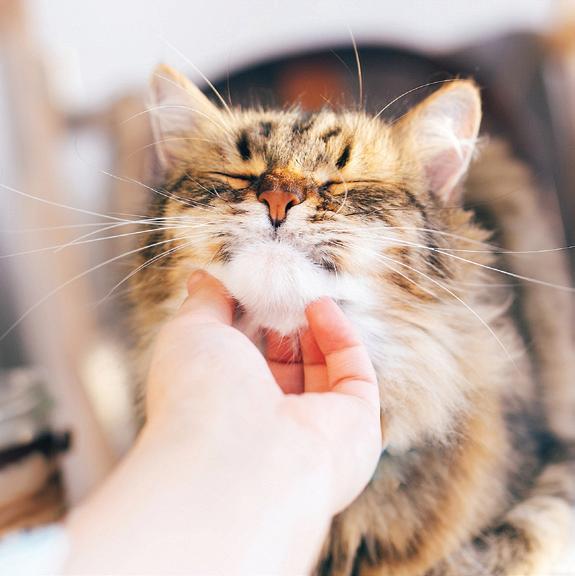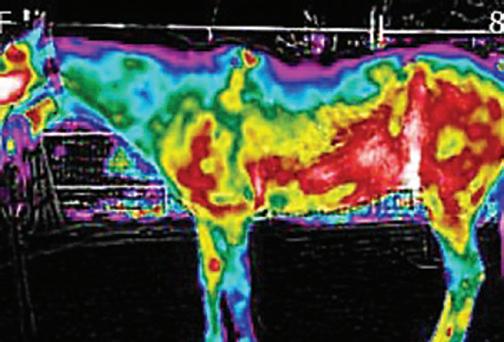
4 minute read
HEALING
Healing MODALITIES

Advertisement
HOLISTIC APPROACHES TO WELLNESS: Americans are spending more money for alternative treatments for health and wellness. In 2016 more than $30 billion was spent on complementary and alternative medicine. Interest in holistic health is increasing as a way to promote and support the health and wellness of pets.
Generally holistic health looks for and treats any underlying causes of disease using natural, non traditional methods. Traditional or conventional medicine focuses on the diagnosis and treatment of symptoms using medication and/or surgery. Complementary and Alternative Medicine (CAM) is the term commonly used to describe non-traditional healing modalities. CAM covers a wide variety of methods used to prevent illness and restore and maintain health and wellness. Integrative medicine combines both conventional and holistic approaches to health and wellness.
If you’re thinking about a more natural approach to health and wellness for your pet consider massage, chiropractic care or acupressure. Massage is the manipulation of the muscles and soft tissues of the body by a massage therapist using hand techniques such as stroking, kneading, or gentle friction Its therapeutic purposes are to relieve pain, promote healing or improve physical functioning. Massage has healing and calming benefits. It can improve blood flow, help heal sprains and strains, reduce pain and ease anxiety in your pet. Recent studies confirm that pain has a negative effect on our immune system. Massage therapy helps relieve pain which boosts the immune system. Animals with acute or chronic musculoskeletal issues will benefit from professional massage treatments. However, pet parents can learn to give massages to their pets for reducing stress and promoting overall wellness. Chiropractic care is a system of therapy focusing on the proper alignment of the body particularly the spine. Adjustments to the body can be made by hand or a hand-held activator to correct the improper alignment to relieve pain and enable the body to heal itself without surgery or medication. Chiropractic care can prevent or minimize problems from occurring later in life by routine delete chiropractic) adjustments. Common conditions that chiropractors treat in pets (especially dogs) are injuries from falls and accidents or age-related problems such as arthritis, disc issues, neck and pain.
Acupressure is based on the philosophy that illness is caused by an imbalance of vital energies in the body. A healthy person or animal’s circulation of “chi” or energy life force flows efficiently along channels or meridians on the skin. Imbalance can be restored by stimulating certain points along the meridians which helps the body restore its energy balance. Pain relief, lameness and inflammation are the most common reasons why people use acupressure for their pets. Research shows that acupressure increases blood circulation, stimulates nerves, relieves muscle spasms and helps relieve pain. Acupuncture is a similar technique that involves inserting thin needles into the pressure points.



These three healing practices all focus on stimulating and restoring your pet’s natural ability to heal. Other CAM options are Reiki, Ayurveda, Tellington TTouch®, herbal therapy, and homeopathy.
The information is provided for reference only. Please consult with your veterinarian or your pet’s health provider for advice if you are making major changes to your pet’s diet and health routines.

THERMOGRAPHY FOR YOUR PET
thermography4pets
www.Thermography4pets.com
VTI » Veterinary Thermal Imaging is very sensitive to changes in the muscular, vascular, skeletal, and nervous systems, detecting temperature differences of less than 0.5°C, which is 40 times more sensitive than the human hand. The human hand can detect temperature differences of around 2°C, while a temperature differential of just 1°C can result from sympathetic dysfunctions, meaning they may be overlooked in the early stages.* Early signs of inflammation are always invisible to x-rays, but not to VTI.
(*Resources taken from Ronald C. Anders, DVM, CVA County Animal Clinic, Inc., Coldwater, OH published article)


Clinical uses for veterinary thermal imaging include:
• Ligament and tendon injuries • Back and sacral injuries • Neck and shoulder injuries • Detecting early lesions • Detecting bowed tendons early • Bone cysts • Torn ligaments • Early laminitis • Micro fractures • Ruptured disks • Navicular disease • Healing after fracture repair • Monitoring illness and disease progression







